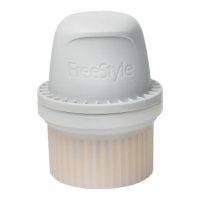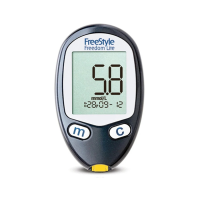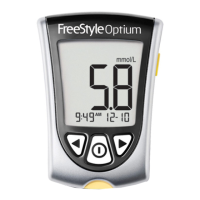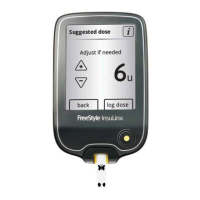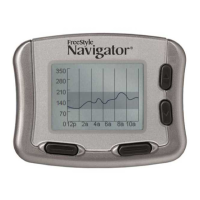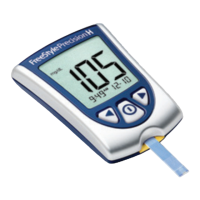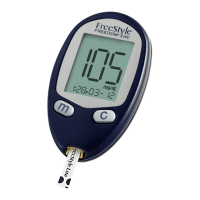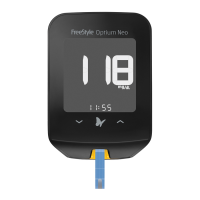What to do if the test doesn't start after applying blood on Abbott Blood Glucose Meter?
- SSarah OrtizJul 26, 2025
If the test doesn't start after applying a blood drop to your Abbott Blood Glucose Meter, it might be due to several reasons. A common cause is that the blood drop is too small. In this case, you can add more blood to the same area within 60 seconds. Alternatively, you can repeat the test using a new test strip and ensuring a larger blood drop. Another possibility is a defective test strip; try repeating the test with a new one, making sure to wait for the appropriate symbols to appear before applying the blood. Also, ensure you apply the sample before the meter turns off. If the issue persists, it could indicate a defective meter.




